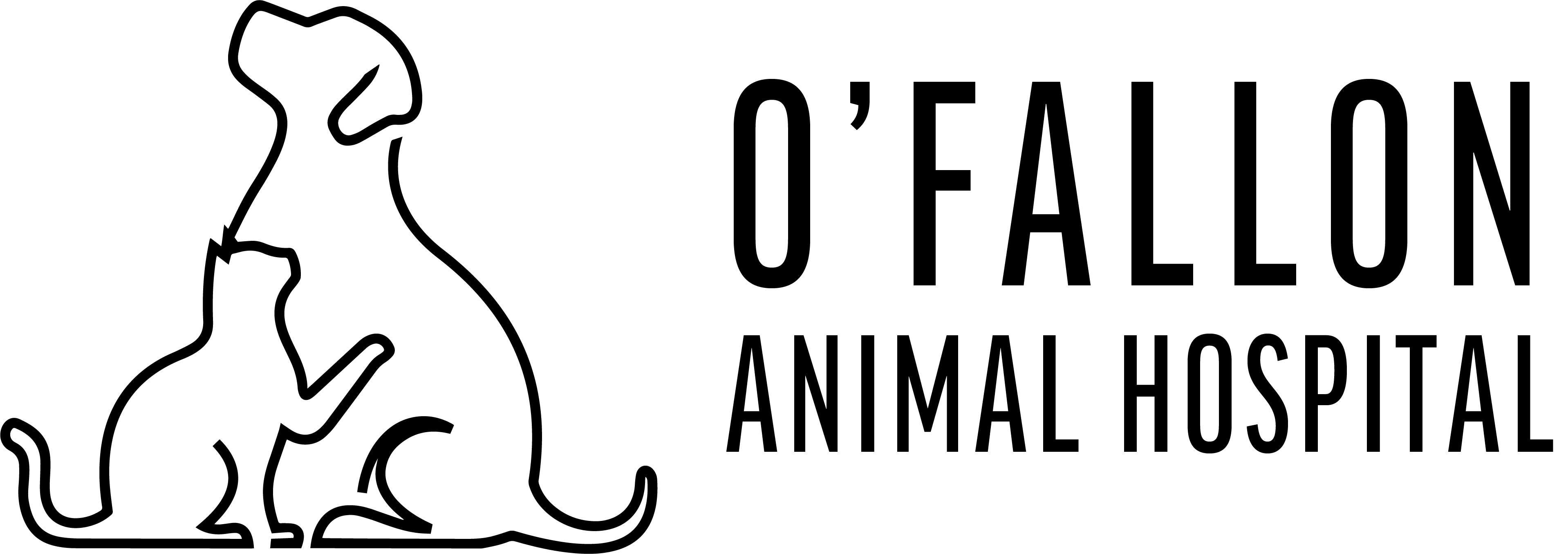Library
-
This handout explains post-vaccination sarcomas (also called injection-site sarcomas) in cats. They are a rare consequence of vaccine injections (and other drugs or materials) that can cause a very aggressive form of cancer at the site of the injection. The incidence of this condition, as well as precautions you and your veterinarian can take, are highlighted.
-
Feline poxvirus is a relative of the human smallpox virus seen mainly in Asia, Europe, and England. It causes skin lesions around the head, neck, and forelimbs, such as ulcerations, scabs, or abscesses. Cats often recover on their own with no further symptoms unless they are immunocompromised. There is no specific treatment or vaccine. Antibiotics may be used to control secondary infections. The virus can be transmitted to humans but can be significantly reduced by basic hygiene precautions.
-
The most common conditions affecting pet prairie dogs are: obesity, dental problems, cardiac disease and intestinal parasites. Regular scheduled veterinary examinations will be of great benefit to help discover problems or diseases before they cause a critical illness.
-
Like rabbits and guinea pigs, prairie dogs require a diet high in fiber. As they are hind-gut fermenters, they need alfalfa up to one year of age and Timothy hay after one year of age plus a high quality prairie dog pellet. Treats should be kept to a bare minimum as prairie dogs are prone to obesity.
-
In the wild, prairie dogs burrow in the ground and make tunnels. Indoor caging must be long enough and deep enough whereby the pet has a chance to dig and make a borrow. Boxes and tubes large enough to crawl through make excellent additions to the cage.
-
Prazosin is given by mouth and is used to reduce urinary sphincter tone to relax the bladder and allow easier urination in dogs and cats. It may also be used as a treatment for congestive heart failure, systemic hypertension, or pulmonary hypertension in dogs. Give as directed. Common side effects include lethargy, vomiting, diarrhea, nausea, and constipation. This medication should be used with caution in pets with kidney disease or other conditions that cause low blood pressure, as well as in MDR1-positive dogs. If a negative reaction occurs, contact your veterinarian.
-
Although uncommon, cats and dogs are at risk for several diseases during the two months of their pregnancy. Pre-eclampsia occurs if the mothers cannot keep up with the demand for calcium to produce bones and milk. Gestational diabetes can occur due to high concentrations of hormones and result in increased drinking, urination, inappropriate weight loss and lethargy. Mastitis is a bacterial infection of one or more mammary glands that is contracted either through the blood (sepsis) or from the external environment from unsanitary conditions and/or injury from babies’ teeth or nails. Retained placentas can occur and will result in lethargy, pyrexia and abnormal vulvar discharge. Be aware of the signs, symptoms and management for all four conditions.
-
Pregnancy in dogs can be diagnosed several different ways including blood tests, radiographs and ultrasound. The benefits and limitations of each test are discussed. Ultrasound is the gold standard for pregnancy detection and assessing viability.
-
Next to you, the second most important person in a dog’s life is your veterinarian. Before actually going to the veterinary hospital, take practice car rides and be sure to properly restrain your dog in the car by placing him in a crate or harness. The very first visit to your veterinary clinic should be a fun introduction to a new place. When the actual appointment occurs, your dog will be checked in by the receptionist and the technician will gather vital information. Your veterinarian will then perform a comprehensive physical examination and give recommendations that are best for your dog.
-
Telemedicine is the act of practicing medicine from a distance and your appointment will be conducted by a licensed veterinarian. Before your appointment, gather information on your pet’s history and your current concern. Look at a calendar and write down a timeline of your pet’s problems. Be prepared to answer questions that you would normally be asked at an in-person appointment. Write notes to help you remember everything. Most telemedicine appointments involve the use of some type of video chat. Conduct your visit in a quiet area with good lighting and have your pet with you before the call starts. Not all concerns can be addressed through telemedicine. If your veterinarian is unable to arrive at a diagnosis via telemedicine, he or she can help you determine the next step for your pet to ensure that he or she receives optimal care.

